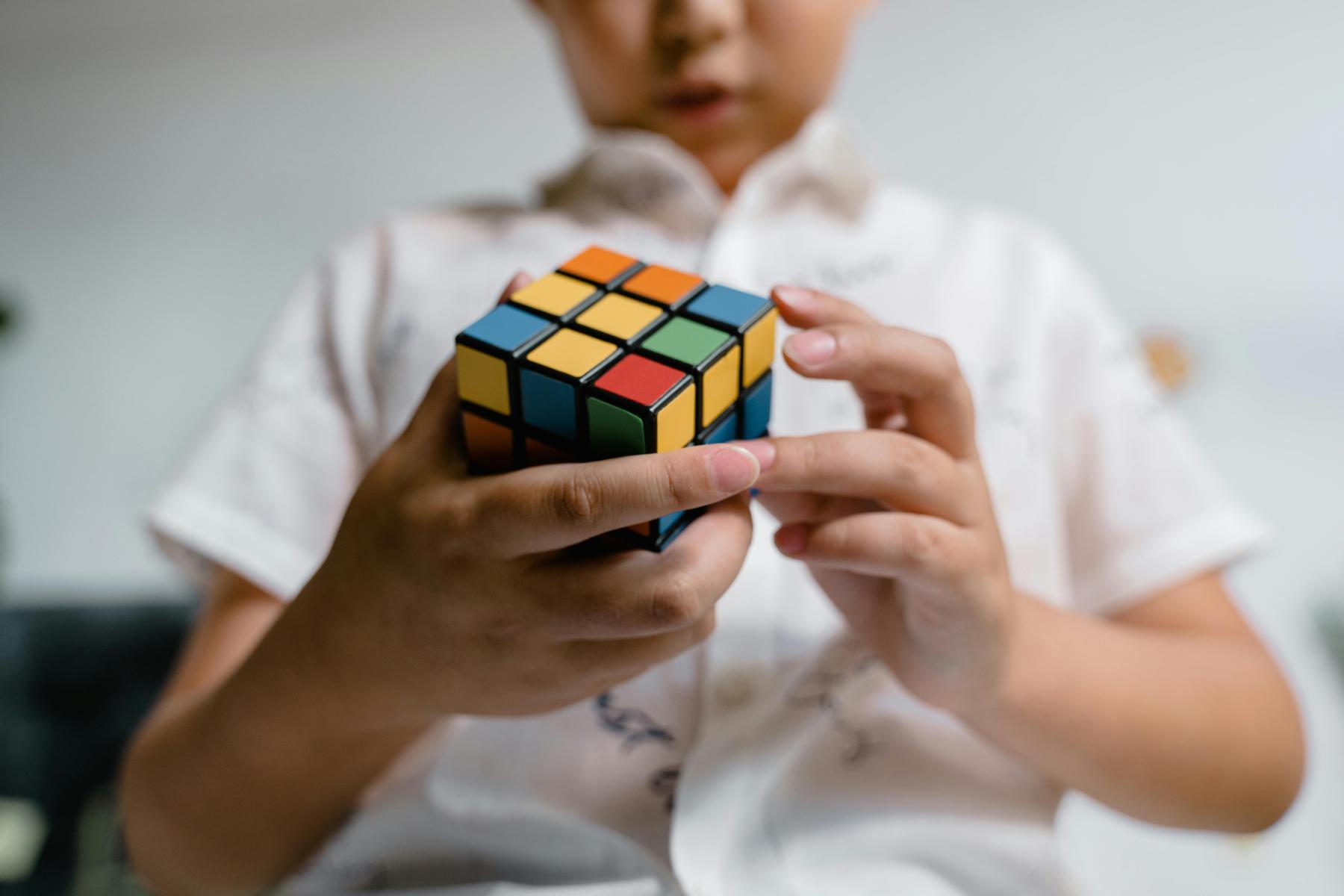В бързо променящия се пейзаж на 21 век способността да мислим критично и да решаваме проблеми творчески е от жизненоважно значение. Като образователи, нашата мисия е да развиваме тези умения в умовете на нашите ученици, като ги подготвяме не само за академичен успех, но също така за предизвикателствата и възможностите, които ще срещнат в живота си. В този блог пост ще се впуснем в значение, защото е от значение да се насърчават критичното мислене и уменията за решаване на проблеми сред децата и ще изследваме ефективни стратегии за развитие на тези умения.
Защо Критичното Мислене и Уменията за Решаване на Проблеми са От съществено значение:
Критичното мислене и решаването на проблеми не са просто академични упражнения; те са умения за живот, които упълномощават хората да се справят с комплексностите, да вземат информирани решения и да се адаптират към промените. В свят, наводнен с информация, децата, които могат да мислят критично, могат да различат фактите от фикцията, да оценяват доказателствата и да формират добре обмислени мнения. Подобно на това, онези, които са способни да решават проблеми, могат да се справят с предизвикателствата с устойчивост, творчество и находчивост, като откриват път за иновации и прогрес.
Подкрепянето на Критичното Мислене и Уменията за Решаване на Проблеми:
- Поощряване на любопитството: Създаване на култура на любопитство, като се насърчават въпроси, изследвания и учене базирано на изследвания. Когато децата са любопитни, те естествено се ангажират с критично мислене, докато търсят отговори и разбиране.
- Приемане на Предизвикателствата: Създаване на среда, където предизвикателствата се разглеждат като възможности за растеж, а не като пречки. Поощрение на учениците да се справят с проблеми, които разтягат техните способности, като предоставят подкрепа и насоки по пътя.
- Насърчаване на Сътрудничеството: Сътрудничеството насърчава разнородните гледни точки и колективното решаване на проблеми. Поощряване на отборната работа чрез групови проекти, дискусии и възможности за учене от колеги.
- Преподаване на метакогниция: Помагайте на учениците да развият метакогнитивни умения, като ги насърчавате да размислят за своите мисловни процеси. Поощряване им да идентифицират силните и слабите си страни, да поставят цели и да наблюдават напредъка си.
- Интегриране на Контексти от Реалния Свят: Свързване на ученето с реални житейски ситуации, за да направим концепциите актуални и значими. Поощряване на учениците да прилагат знанията и уменията си, за да решават автентични проблеми, с които може да се сблъскат.
Осигуряване на Възможности за Творчество: Творчеството и решаването на проблеми вървят ръка за ръка. Поощряване на различното мислене, като се предоставят възможности за творческо изразяване, мозъчно штурмуване и изследване на множество решения на проблеми.
В свят, характеризиран от несигурност и сложност, насърчаването на уменията за критично мислене и решаване на проблеми е по-важно от всякога. Като развиваме тези умения при нашите ученици, ги упълномощаваме да се справят с предизвикателствата с увереност, устойчивост и творчество. Чрез комбинация от любопитство, сътрудничество и приложение в реален свят, ние можем да отгледаме следващото поколение на критични мислители и решаващи проблеми, оборудвани да успеят във всички усилия, които предприемат.








